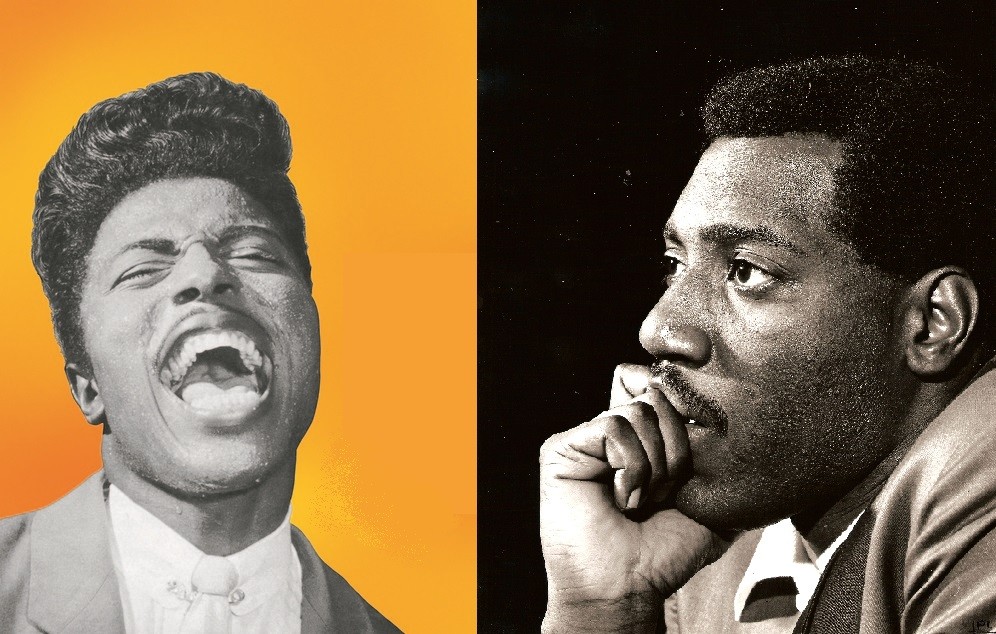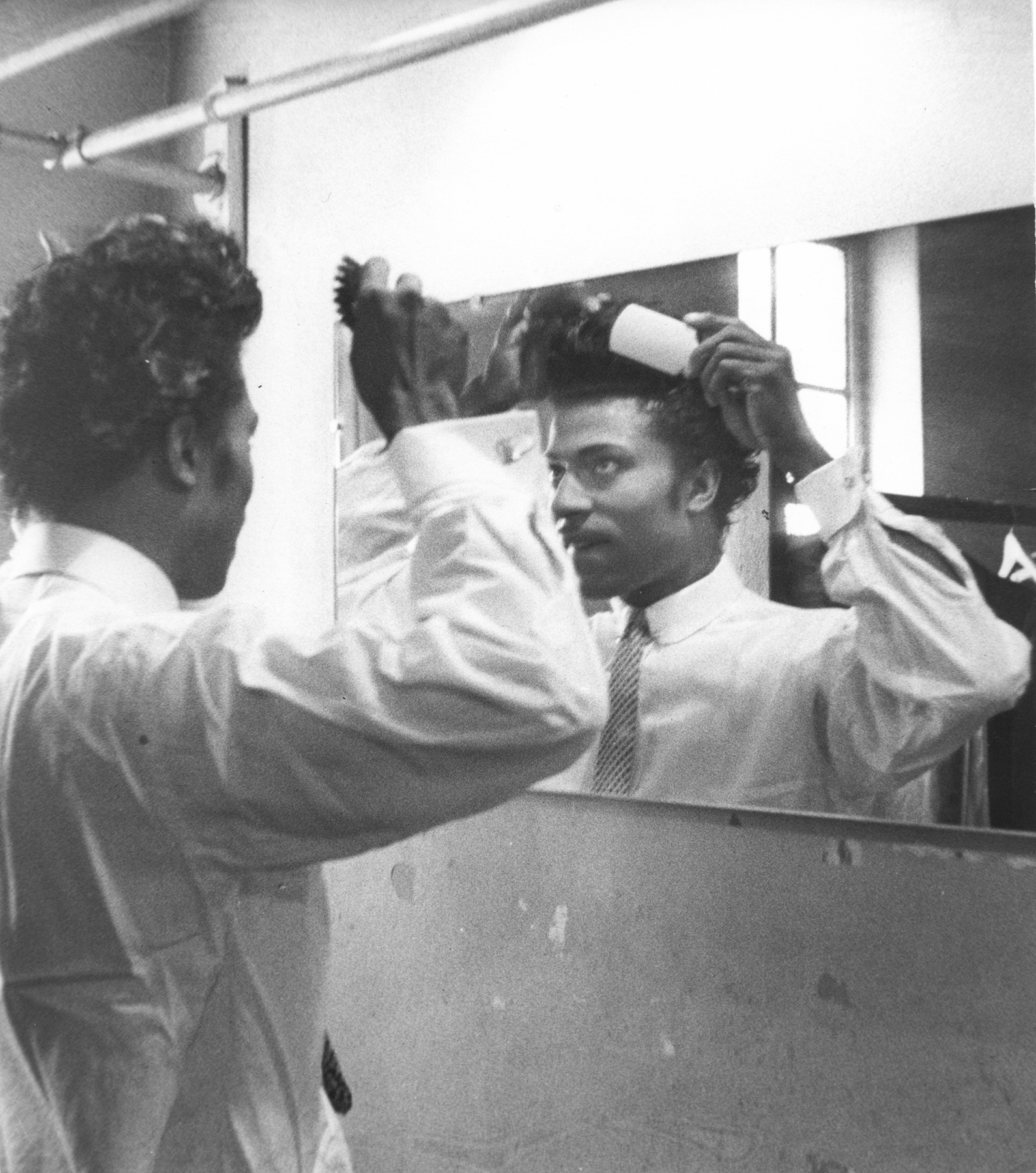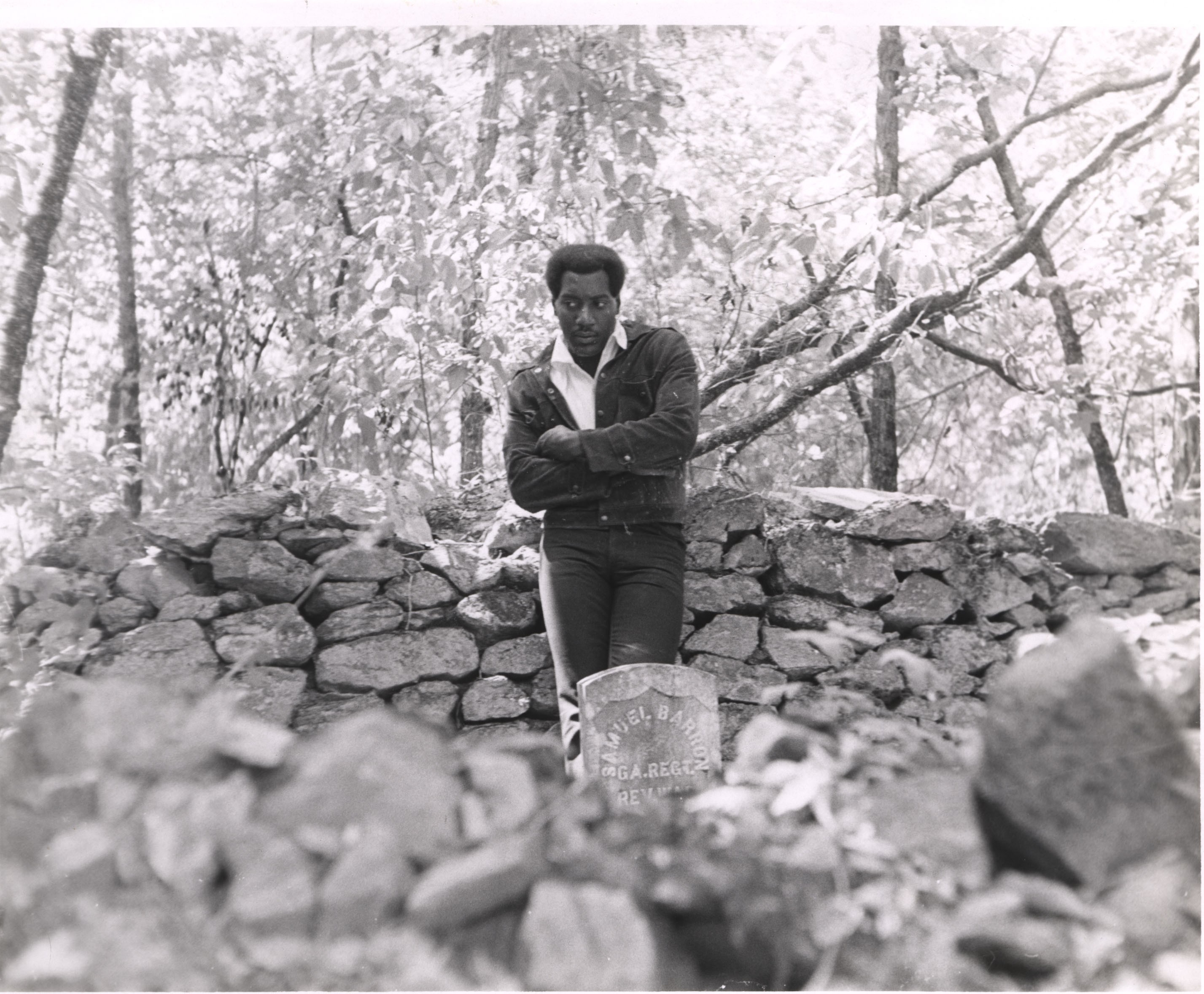It was just back in November when Memphis rapper Big Scarr, whose releases on Gucci Mane’s The New 1017 Records had already been making major chart waves, announced that he’d be extending his tour into 2023. “I am adding more dates so I can hit every city and pull up on the whole Grim Reaper Gang … Love, Big Scarr aka Big Frozone, aka Big Grim Reaper aka The Secret Weapon. P.S. This just the warm up. I’m in album mode now. 2023 is mine.”
Those words ring bittersweet now. On December 22, the 22 year-old rapper, born Alexander Woods, died of a prescription pain medication overdose. But his words may yet ring true, as the album he mentioned has just been released.
The Secret Weapon was clearly aiming for the stratosphere, continuing the move to bigger sounds signaled by Scarr’s full length debut on the 1017 imprint, 2021’s Big Grim Reaper. That album offered three full versions of a single tune, “SoIcyBoyz,” which, taken in succession, track the changes Big Scarr was undergoing as he ramped up to the big time.
The song’s first version, featuring his cousin Pooh Shiesty and Foogiano, was a masterpiece of hip hop invention, pairing hazy acoustic guitar chords with relaxed rhymes touching on the joys of swigging cough syrup and Fanta in the yard with one’s steady mobbin’ crew of choice. Its sound is a standout in the trap music roster by virtue of its almost folksy ambiance, yet is practically stamped with the phrase “Memphis AF.”
As he noted in a statement after his debut album, “It’s rough out here. What I’m rapping about is what’s going on where I’m from. It’s the slums. It’s the trenches. It’s the hood. It’s tough. It’s real.”
With Version 2 of the song, producer Tay Keith, also from Memphis, was brought on, and the track took on a more percussive atmosphere, while retaining a certain lightness. With Version 3, which added Gucci Mane to the mix, the soundscape seemed to grow even more cinematic, and more in keeping with the horror-film aesthetic of Three 6 Mafia.
Cut to last week, when the The Secret Weapon revealed Big Scarr’s first full album since his debut (not counting 2022’s deluxe mixtape, Big Grim Reaper: The Return). And the soundscape somehow splits the difference between all those versions of “SoIcyBoyz,” invoking cinematic spaces even as the vocals and assorted jangled sounds stay perched on the edge of your ear.

Take track 2, for instance: “Trappin n Rappin (feat. Gucci Mane),” begins with orchestral sounds seemingly run through a broken tape player that nonetheless lend an epic sweep to (Gucci Mane’s?) invocation, “Long live the legend, my secret weapon.” The otherworldly swirl of sound is an effective contrast with Big Scarr’s dry, laconic delivery, surely the most Southern of the diverse dialects in today’s hip hop world.
Yet, in his own gruff way, Big Scarr’s rhymes are mighty nimble as well, as he reveals later in “SKRT SKRT,” the title signifying the song’s hook, sung in falsetto. “That’s what ya hear when I come through …” he sings in between rapid-fire verses that deftly paint a portrait of the neighborhood life.
It turns out such throw-away choruses, thrown out as if afterthoughts, are a specialty of Big Scarr. “Toe Tag (feat. Key Glock)” also features the two title words, evoking the morgue, in a brief quip of a “chorus” that’s over before you know it. The offhand delivery is almost maniacal in it’s casual glee.
Perhaps cutting a track like “I’m Him” was Big Scarr’s subtle shout out to the mega-platinum world of Kevin Gates’ smash album of the same name. In any case, the Memphis rapper is sure-footed in defining a new sound for himself, equal parts cinematic gloom and toy-instrument lightness. Now that Memphis — and the Magnolia community of South Memphis where he grew up — mourns his loss, that sound still stands, and may yet be New 1017’s secret weapon.

 (l) courtesy Specialty Archives; (r) by Jean Pierre Leloir
(l) courtesy Specialty Archives; (r) by Jean Pierre Leloir  Courtesy Specialty Archives
Courtesy Specialty Archives  Courtesy Stax Museum of American Soul Music
Courtesy Stax Museum of American Soul Music